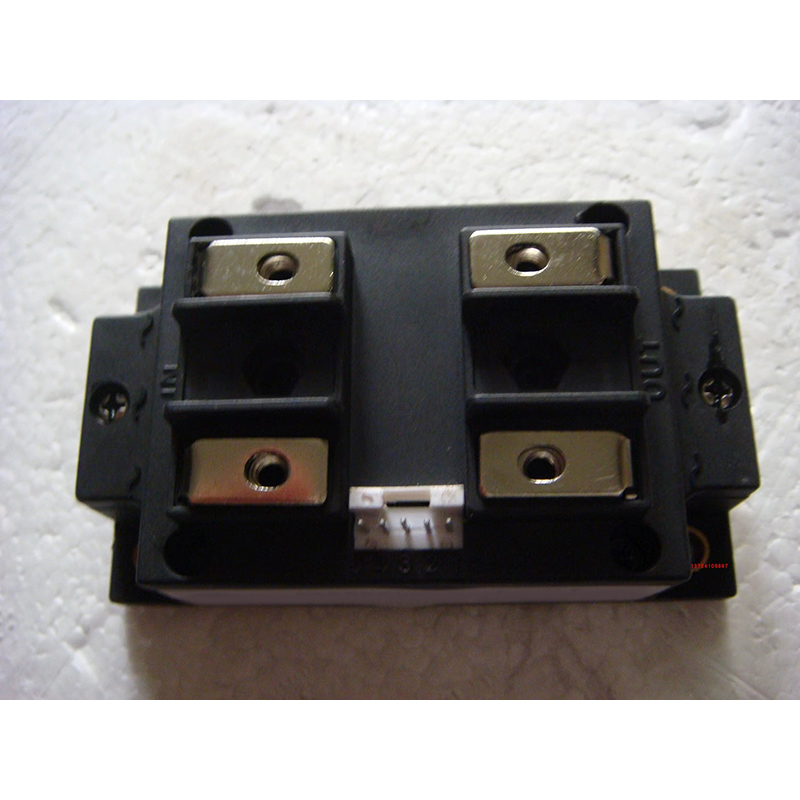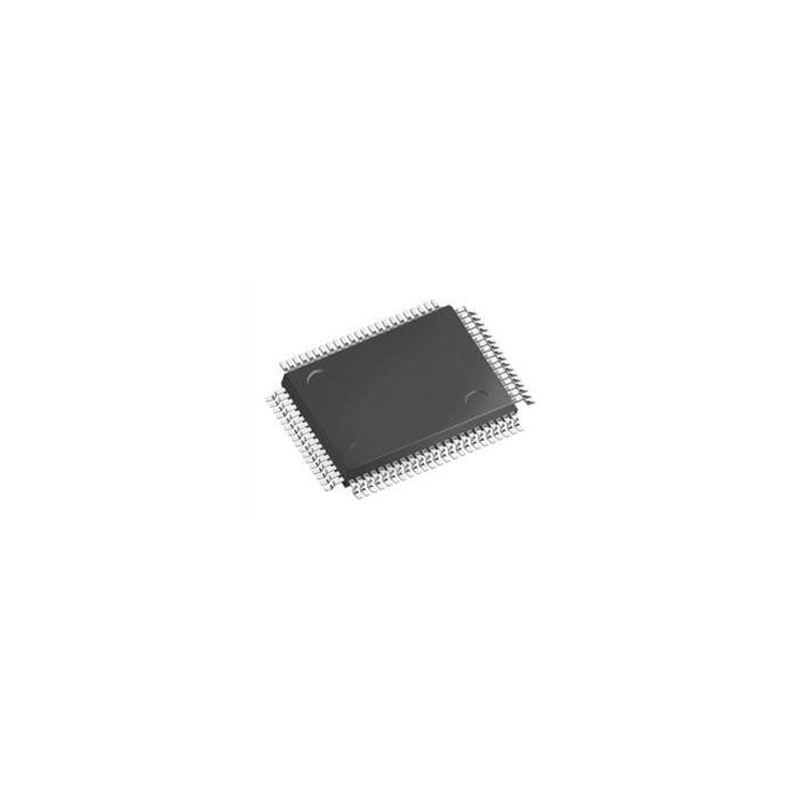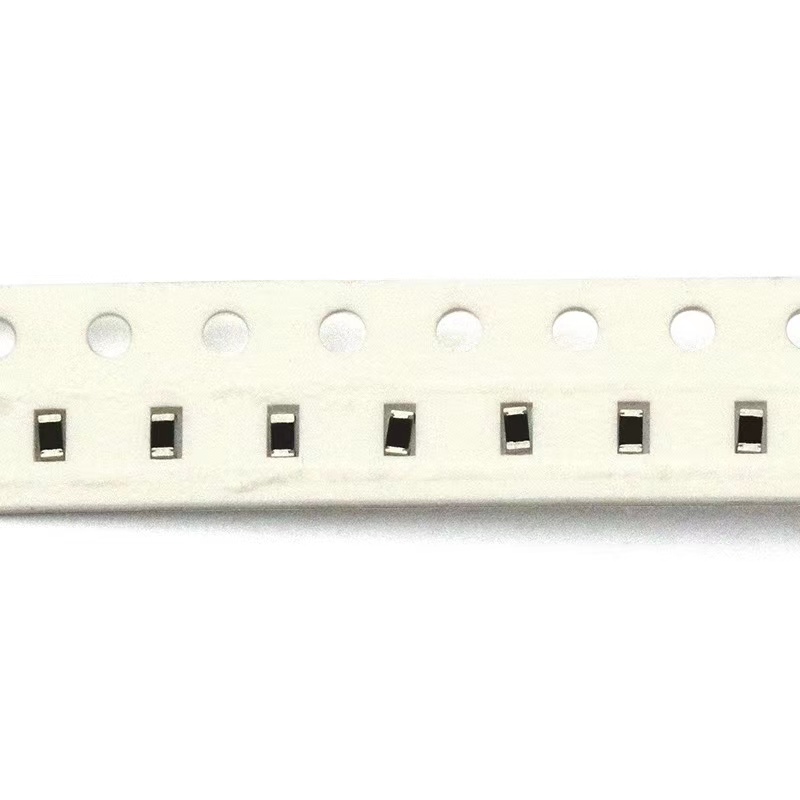Embedded Solutions for IoT Design
 Published: Apr 29, 2023
Iot
Share:
Published: Apr 29, 2023
Iot
Share:
IoT Design
Often, the first step is to select the ideal development kit for your prototype. It’s a daunting task for trying to build a cloud-connected IoT system from scratch. It can be both expensive and time-consuming, and requires expertise from many different engineering disciplines. Today's developers face more challenges than ever in making design decisions, including longer development times and more security threats.
IoT sensor networks and smart devices will be integrated into almost every aspect of our environment: our homes, physical objects, transportation and communication systems, clothing, and the human body, enabling us to connect and exchange data. There are potential opportunities in the IoT, but unless workflows are streamlined and components become more modular, it will be difficult to take full advantage of them.
For IoT Applications, Three Different Types of Projects may Exist
- Cloud-connected projects: Clouds are built from servers that use specialized software to analyze and process the data collected by the system.
- Projects connected to local networks: They use Intranet networks for communication.
- Gateway projects: Gateway systems are typically used to adapt existing systems to the Internet.
Microchip Solutions
Secure hardware solutions help protect against a wide range of security threats from remote cyber attacks to the manufacture of counterfeit products.
Microchip offers a range of new, smart, connected and secure rapid prototyping solutions. PIC platform and AVR platform provide four new iot for Wi-Fi development platform. The expanded range of options for IoT prototyping has been made possible by the development of two new Bluetooth prototyping boards for the PIC and AVR product lines. In addition, new lo T gateway solutions in partnership with Amazon Green Meadows and Azure will round out the portfolio. The partnership with Sequans will also allow the implementation of new kit solutions for LTE-M and M/NB-IoT infrastructure connectivity.
Each solution is designed with security in mind and is widely used in smart industrial, medical, consumer, agricultural and retail applications. Thanks to a wide selection of connectivity technologies and a full range of microcontroller and microprocessor performance and peripheral capabilities, the solutions are scalable across a wide range of markets.
Microchip's broad portfolio are designed to reduce project cost and development complexity. The two new PIC and AVR MCU development boards are PIC-IoT WA and AVR-IoT WA. Developed in partnership with Amazon Web Services (AWS), they help designers connect IoT sensor nodes locally to the AWS IoT Core service via Wi-Fi.
Both boards are equipped with temperature and light sensors and are intended for demonstration purposes only. Microbus expansion sockets allow the addition of more than 300 different sensors from click boards, which are also supported in ecosystem.
To ensure that only authorized devices can connect to the embedded device, the on-board secure element IC completes the root of trust from the embedded device to the cloud.

The SAM-IoT WG board connects the Google Cloud IoT Core to the popular SAM-D21 Arm Cortex M0+ 32-bit Microchip family of microcontrollers.

Azure IoT SDK and Azure IoT Services are integrated with Microchip's MPLAB X development tool ecosystem on top of Azure IoT SAM mcu's IoT development platform. The card offers increased computing performance. In addition to transferring your data, you can use the on-board artificial intelligence for analysis.
All types of maintenance and repair of today's industrial equipment are carried out via integrated Bluetooth, which has led to high requirements for Bluetooth implementation in the industrial sector. The service technician can read error codes and similar information from his tablet or cell phone to avoid mechanical operations inside the machine.
PIC and AVR microcontrollers based on sensor-node devices, Pic-BLE and AVR-BLE boards connect to mobile devices via low Power Bluetooth (BLE) gateways for industrial, consumer and security applications as well as the cloud.
The on-board secure element IC completes the root of trust from the embedded device to the cloud to make sure that only authorized devices can connect to the embedded device.
The primary on-board sensors are temperature, light, and tri-axis accelerometers. Additional external click board sensors can be implemented and your custom applications can be developed starting with LightBlue.
As long as you can leverage Wi-Fi and BLE, it helps if you always have a gateway solution. Wi-Fi can be the router in your home, but if you want a closed network, you also need to provide a gateway in your application.
The AWS IoT Greengrass gateway solution is based on the latest wireless system module (SOM), ATSAMA5D27-WLSOM1, which integrates SAMA5D2 MPU, WILC3000 Wi-Fi combo module, and Bluetooth. All powered by high performance MCP16502 Power Management Integrated circuit (PMIC).

Another solution Microchip has partnered with Sequans on is the LTE-M/NB-IoT Development Kit. It includes modules based on Sequans' Monarch chip that can cover IoT nodes and take advantage of the latest low-power 5G cellular technology.
The idea is that gateways are once again a barrier for customers. If you want to transmit data directly to the cloud, LTE-M/NB-IoT solutions are the way to go. Large networks are now starting to roll out their 5G networks, and with 5G they will enable a large number of IoT nodes to connect directly to mobile networks.
There are two standards in the world. One is called LTE-M and the other is called NB-IoT. They are close, but there are different standards for different regions.
Microchip's new lo T solution builds on the company's extensive ecosystem of development tools, with an emphasis on the MPLAB X Integrated development environment (IDE). MPLAB X Code Configurator (MCC) automate and accelerate the creation and customization of code for small PIC and AVR microcontroller applications.
Recommend Products
Related Solutions
-
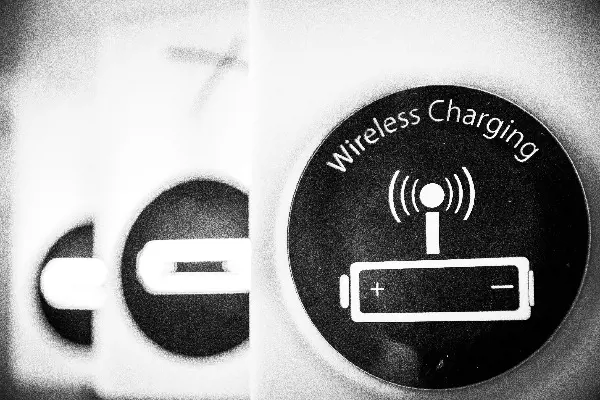
NXP Introduces High-Power Wireless Charg...
NXP Semiconductors announced the first high-power wireless charging solution for notebooks and 2-in-...
Apr 28, 2023 Consumer Electronics -

Multifunctional Street Light Automatic C...
The street light automatic controller is suitable for the automatic control of street lights in resi...
Apr 26, 2023 Consumer Electronics -

How Can IoT Solution Providers Build a S...
The Internet of Things (IoT) has been attracting a lot of attention in the industry for its security...
Apr 25, 2023 Consumer Electronics -
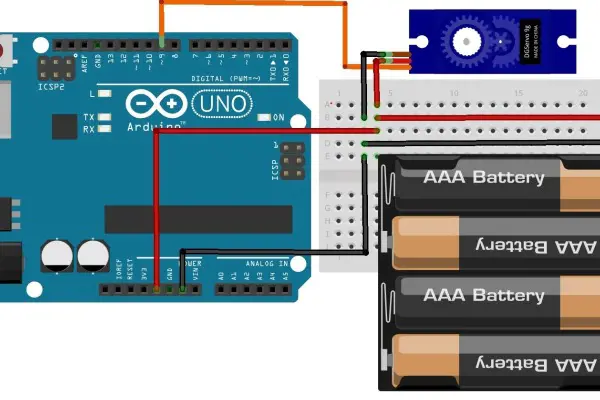
ADI Proposes a Solution for Servo Motor ...
For motor control solutions, ADI offers a comprehensive portfolio of products, including analog-to-d...
Apr 25, 2023 Consumer Electronics -

IoT Transforms and Adds Value to Consume...
The Internet of Things (IoT) is taking consumer electronics to another level and could lead to the n...
Apr 26, 2023 Consumer Electronics -

Texas Instruments Programmable Logic and...
Programmable logic controllers (PLCs) and programmable automation controllers (PACs) process and con...
Apr 26, 2023 Consumer Electronics

 Update Time: Apr 29, 2023 Consumer Electronics
Update Time: Apr 29, 2023 Consumer Electronics
